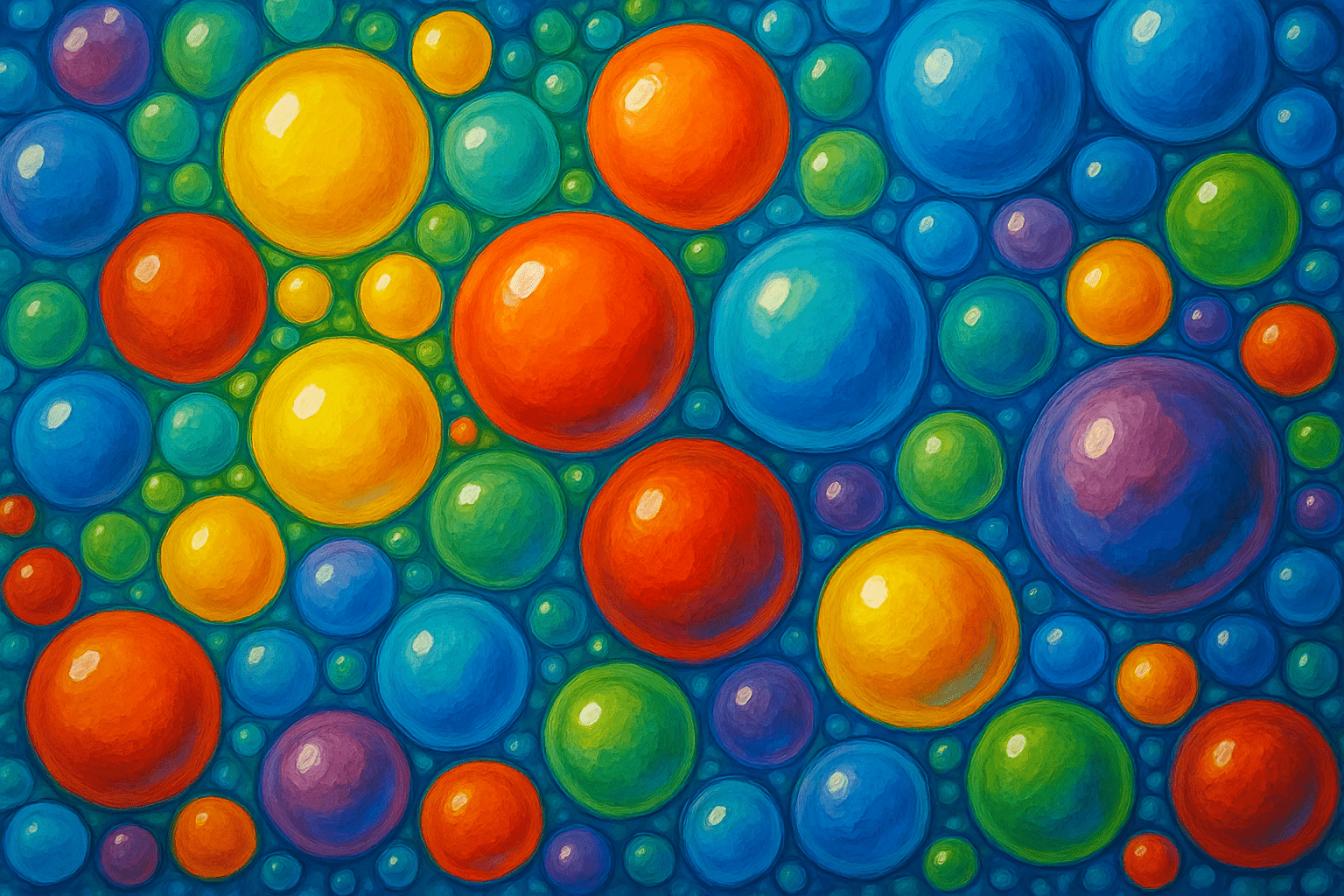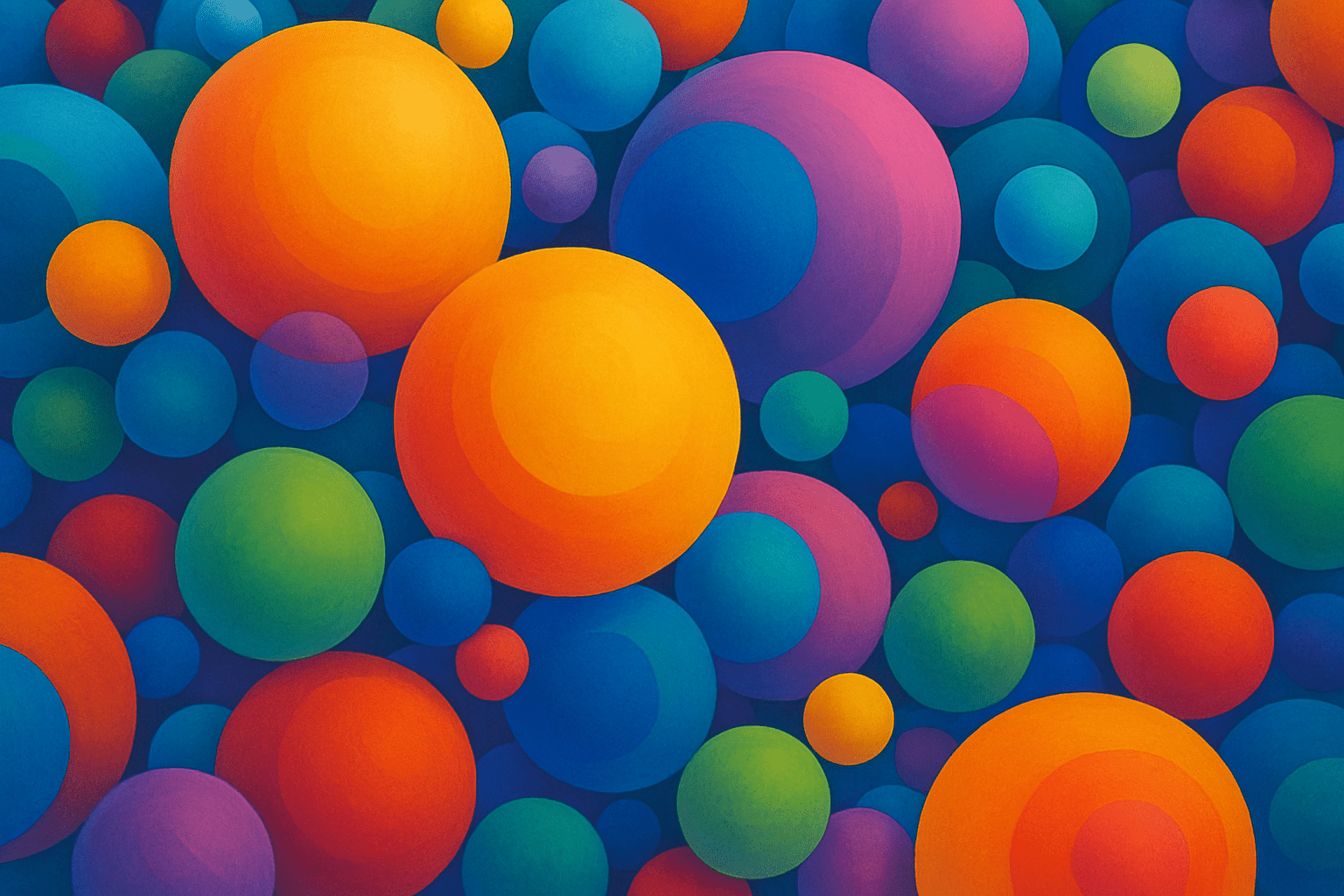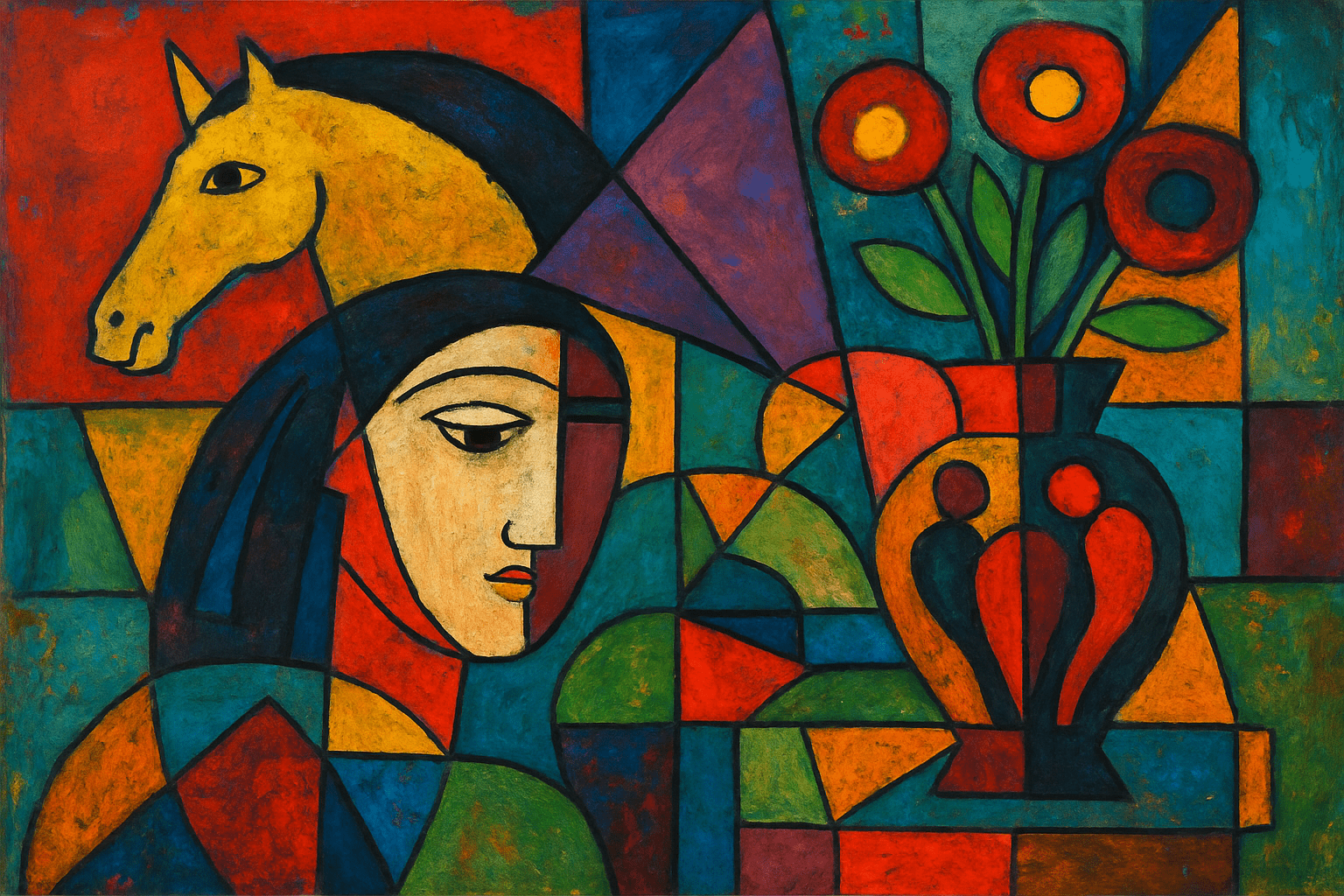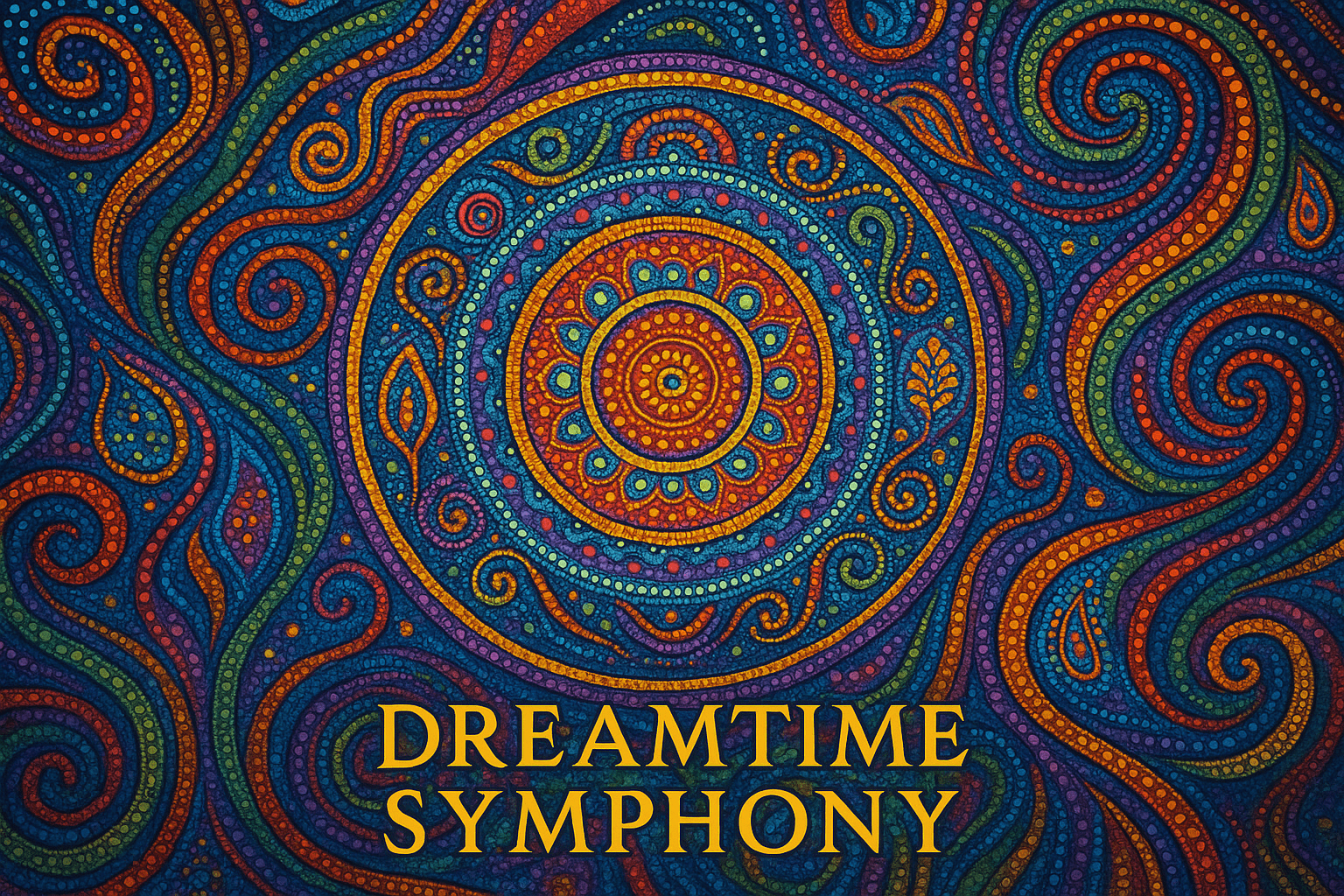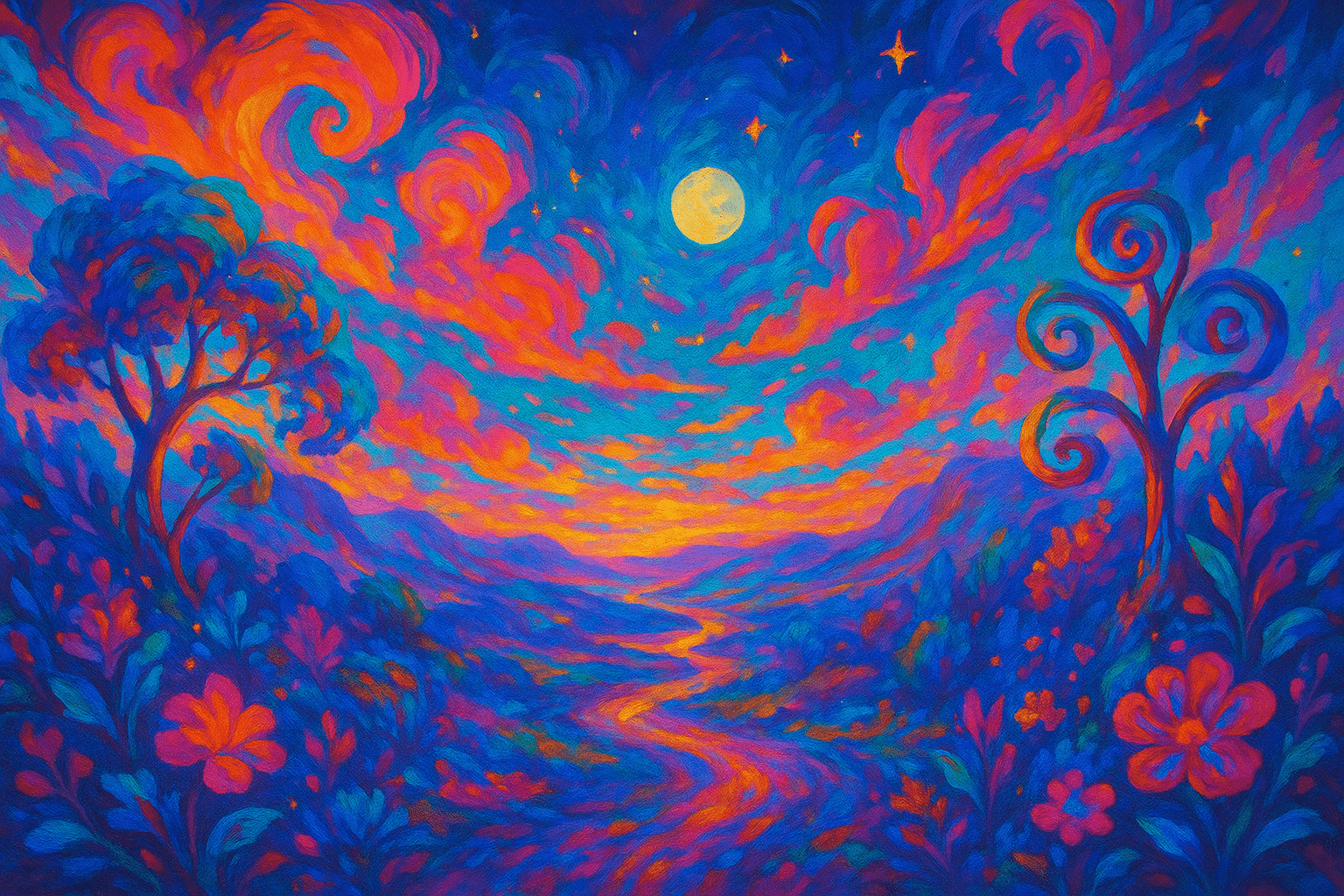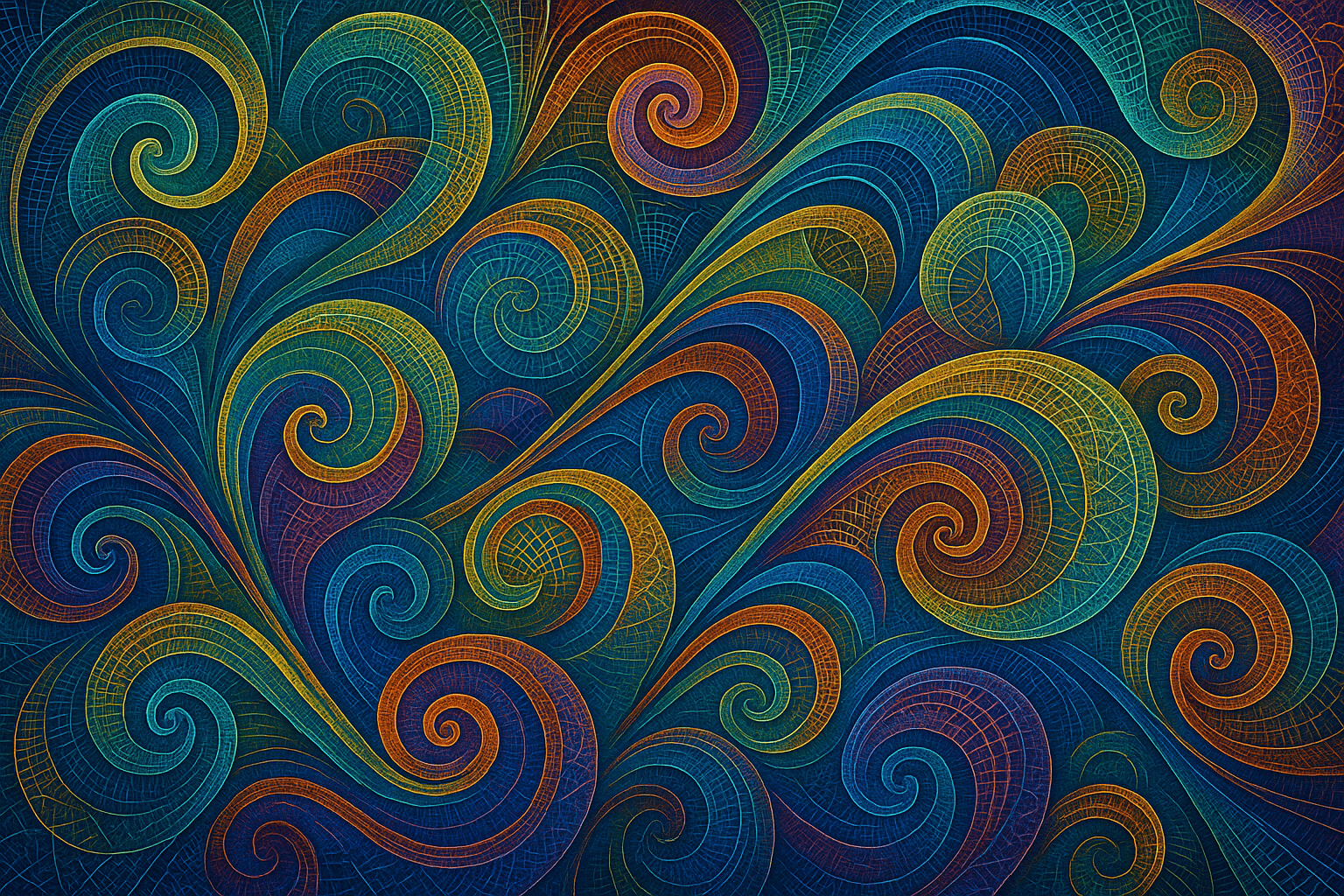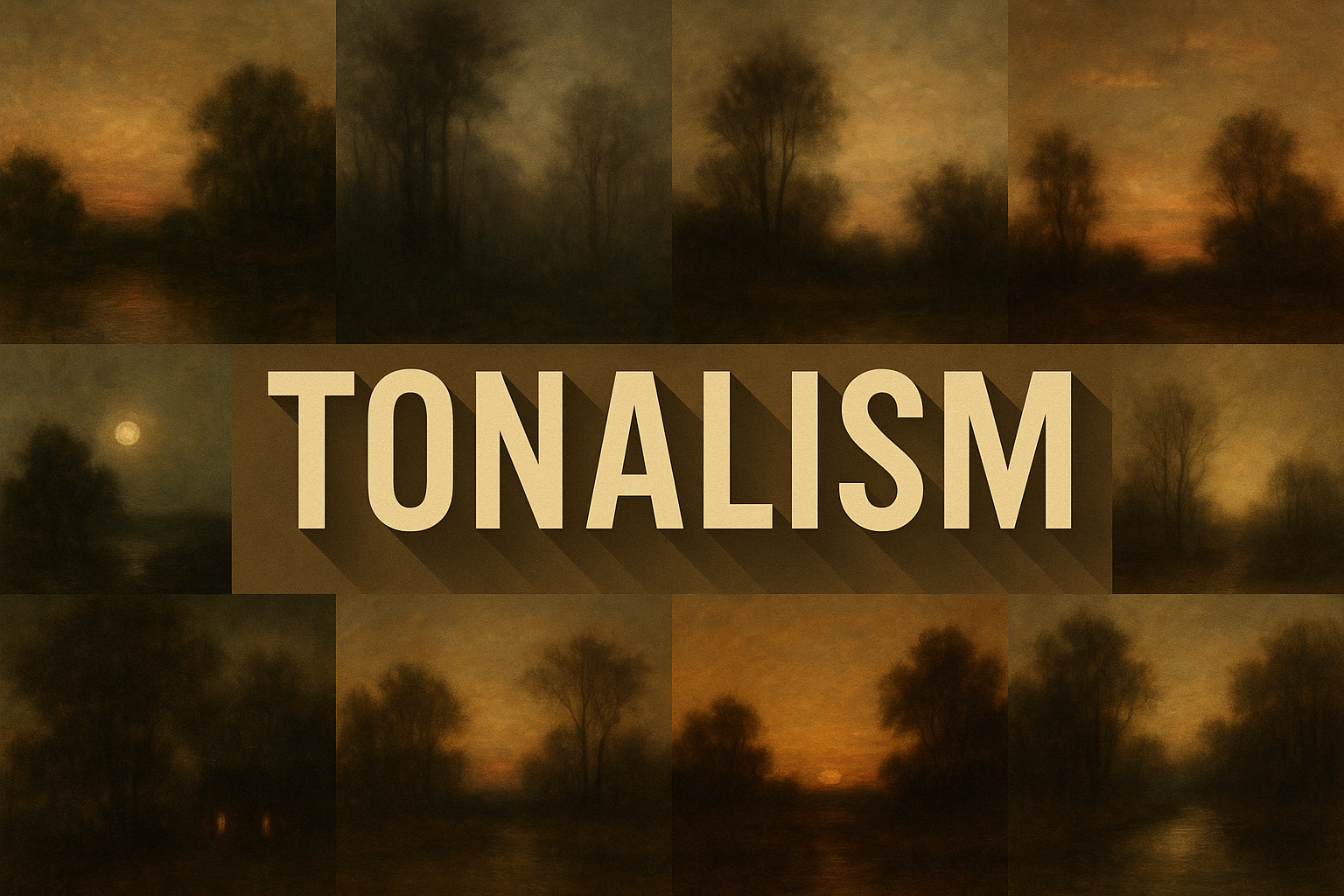
Tonalism
Tonalism is a style of painting that emphasizes light and dark tones to create a sense of depth. The colors are usually muted, and the overall effect is one of calm and serenity.
AOI thinking about Tonalism [+_~]-/
Overview and Quickfacts
Tonalism was an art movement that emerged in the late 1800s and early 1900s. It was characterized by its use of soft, muted colors and its focus on light and shadow. Tonalist paintings often had a dreamlike or atmospheric quality to them, and they were often inspired by nature.
Can understand it also, as:
Tonalism, in art, refers to the use of light and dark tones to create an overall tone or feeling. This can be achieved through the use of color, shading, and texture.
Categorize it as:
Impressionism, Modernism
.: Dreaming :.
holds a HAIKU for the art style
:. Thought is power .:
Detailed Description
Tonalism was an art movement that emerged in the late 1800s and early 1900s. It was characterized by its use of soft, muted colors and its focus on light and shadow. Tonalism was often used to depict landscapes, but it could also be used for portraits and other subjects. Some of the most famous Tonalist painters include George Inness, John Henry Twachtman, and J.M.W. Turner. One of the most famous Tonalist paintings is George Inness’ “The Lackawanna Valley” (1895). Tonalism was popular in the United States and Europe. It was a reaction against the bright, garish colors of the Impressionists and the realistic style of the Barbizon School. Tonalism was also influenced by Japanese woodblock prints. Tonalism fell out of favor in the early 1910s, but its influence can still be seen in some contemporary artists, such as Andrew Wyeth.
.. beep, beep, beep ..
<START OF TRANSMISSION>
1. Tonalism was an artistic style that emerged in the late 19th century. 2. Tonalism was characterized by a focus on creating moods or atmospheres through the use of color and light. 3. Tonalism was often used to depict landscapes, but it could also be used for portraits and other subjects. 4. Tonalism was developed by a number of artists, including James McNeill Whistler, George Inness, and Thomas Hart Benton. 5. Tonalism was influenced by a number of different artistic styles, including Impressionism, Symbolism, and Romanticism. 6. Tonalism reached the height of its popularity in the United States in the late 19th and early 20th centuries. 7. Many American Tonalist painters were members of the "Ten American Painters" group, which was founded in 1898. 8. The American Tonalist movement began to decline in popularity in the 1920s. 9. Tonalism has experienced a resurgence in popularity in recent years. 10. Tonalism is sometimes referred to as the "American Impressionism." 11. Tonalism is often associated with a muted color palette. 12. Tonalist paintings often have a dreamlike or ethereal quality. 13. Tonalism is often seen as a reaction against the garishness of the Victorian era. 14. Tonalism was partly inspired by the work of the British painter J. M. W. Turner. 15. The term "Tonalism" was first used by art critic Robert Henri in 1896. 16. Tonalism is sometimes seen as a precursor to Abstract Expressionism. 17. Many modern painters have been influenced by Tonalism, including Mark Rothko and Barnett Newman. 18. Tonalism is sometimes described as a "middle ground" between Impressionism and Abstract Expressionism. 19. Tonalism is often characterized by a sense of calm and tranquility. 20. Tonalism is sometimes seen as a reaction to the chaos of the modern world.
<EOF>
.. robbel bob
Visual Examples from our image gallery
Coming soon, we are so slow .. might never come
Artists, Paintings, and more
(be aware, can be highly speculative)
Artists (be aware, speculation possible):
1. George Inness (1825-1894) 2. John Henry Twachtman (1853-1902) 3. J. Alden Weir (1852-1919) 4. Thomas Wilmer Dewing (1851-1938) 5. Theodore Robinson (1852-1896) 6. Childe Hassam (1859-1935) 7. Willard Metcalf (1858-1925) 8. Edward Hopper (1882-1967) 9. Charles Sheeler (1883-1965) 10. Georgia O’Keeffe (1887-1986) 11. Charles Burchfield (1893-1967) 12. Edward Hopper (1882-1967) 13. Charles Sheeler (1883-1965) 14. Georgia O’Keeffe (1887-1986) 15. Charles Burchfield (1893-1967) 16. R.H. Ives Gammell (1893-1981) 17. Andrew Wyeth (1917-2009) 18. Edward Hopper (1882-1967) 19. Charles Sheeler (1883-1965) 20. Georgia O’Keeffe (1887-1986) 21. Charles Burchfield (1893-1967) 22. R.H. Ives Gammell (1893-1981) 23. Andrew Wyeth (1917-2009) 24. Edward Hopper (1882-1967) 25. Charles Sheeler (1883-1965) 26. Georgia O’Keeffe (1887-1986) 27. Charles Burchfield (1893-1967) 28. R.H. Ives Gammell (1893-1981) 29. Andrew Wyeth (1917-2009) 30. Edward Hopper (1882-1967)
Artworks (be aware, speculation possible)
1. George Inness, The Lackawanna Valley, 1855 2. George Inness, The Delaware Water Gap, 1856 3. George Inness, The Valley of the Shadow of Death, 1858 4. George Inness, The Wheat Field, 1862 5. George Inness, The Rocky Mountains, Lander’s Peak, 1863 6. George Inness, The Catskills, Early Autumn, 1864 7. George Inness, Montclair, 1865 8. George Inness, The Rainbow, 1867 9. George Inness, The Valley of the Shadow of Death, 1868 10. George Inness, The Lackawanna Valley, 1869 11. George Inness, The Delaware Water Gap, 1870 12. George Inness, The Valley of the Shadow of Death, 1871 13. George Inness, The Wheat Field, 1872 14. George Inness, The Rocky Mountains, Lander’s Peak, 1873 15. George Inness, The Catskills, Early Autumn, 1874 16. George Inness, Montclair, 1875 17. George Inness, The Rainbow, 1876 18. George Inness, The Lackawanna Valley, 1877 19. George Inness, The Delaware Water Gap, 1878 20. George Inness, The Valley of the Shadow of Death, 1879 21. George Inness, The Wheat Field, 1880 22. George Inness, The Rocky Mountains, Lander’s Peak, 1881 23. George Inness, The Catskills, Early Autumn, 1882 24. George Inness, Montclair, 1883 25. George Inness, The Rainbow, 1884 26. George Inness, The Lackawanna Valley, 1885 27. George Inness, The Delaware Water Gap, 1886 28. George Inness, The Valley of the Shadow of Death, 1887 29. George Inness, The Wheat Field, 1888 30. George Inness, The Rocky Mountains, Lander’s Peak, 1889
Epoch
The time period of Tonalism was from roughly 1880 to 1915.
AI ART RESSOURCES (AKA, well Tools)
Helping tools -> predefined search links on other pages:







